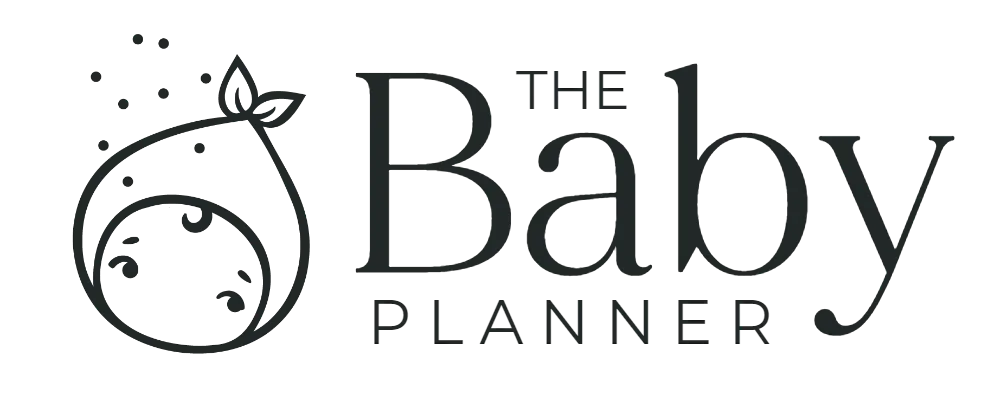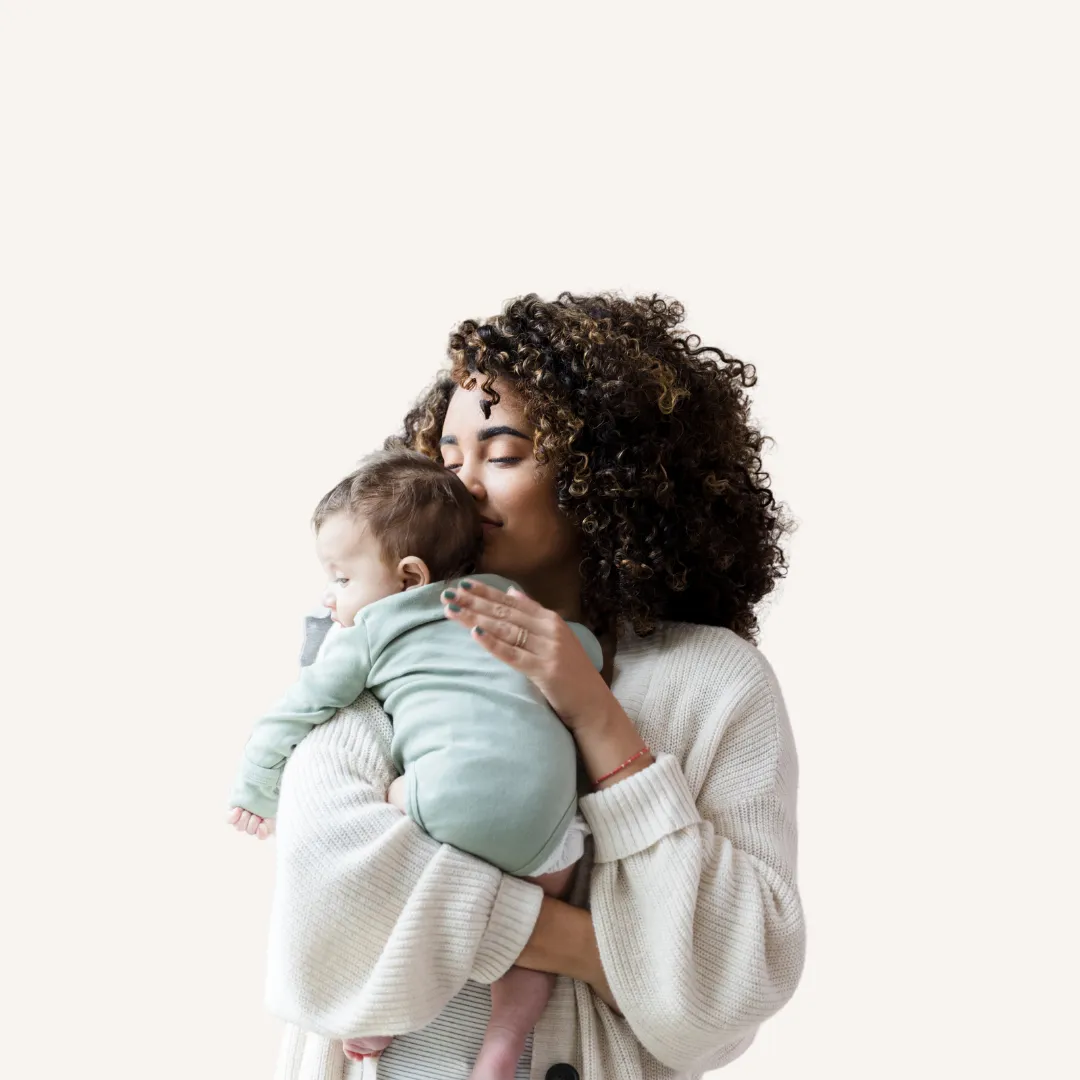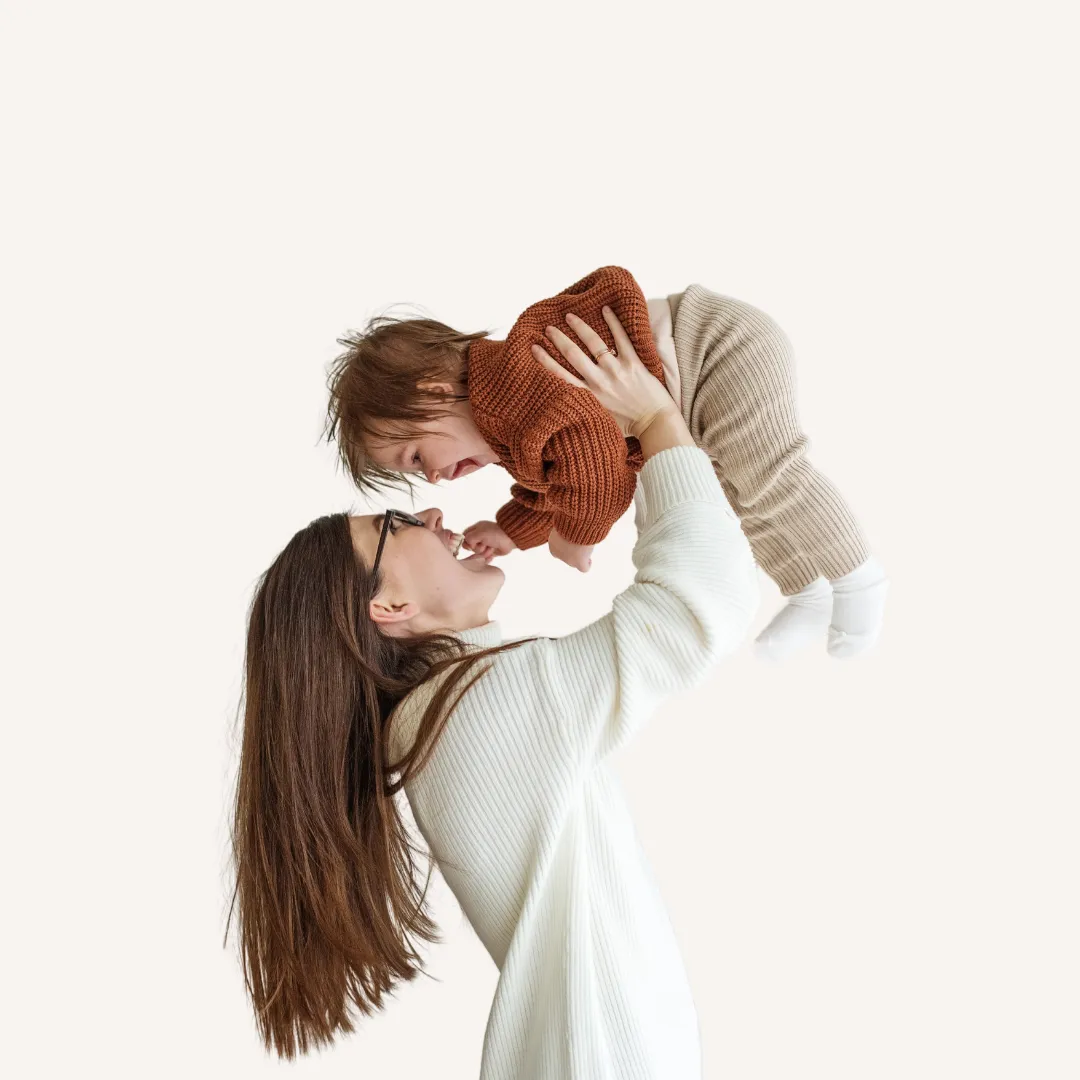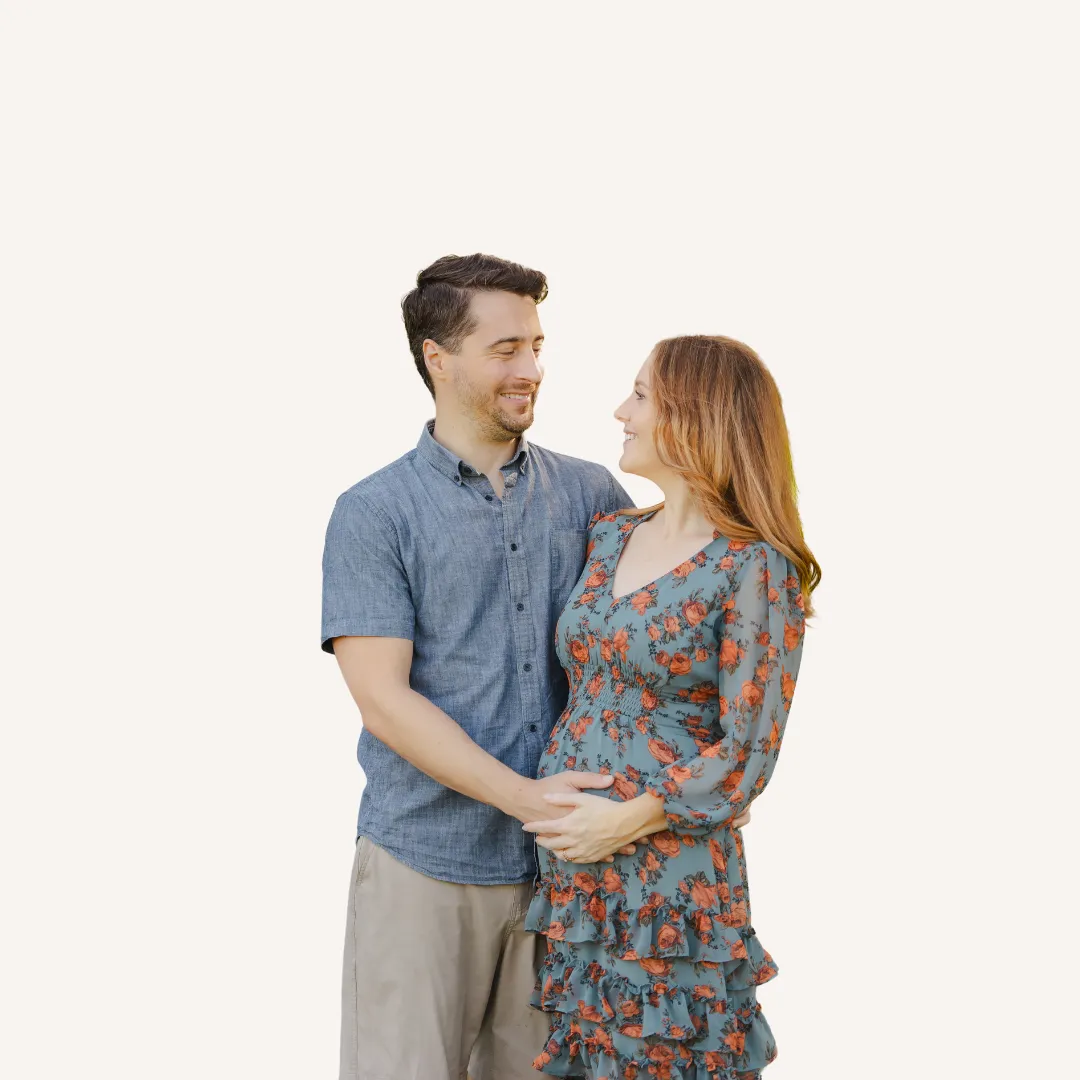5 Tips for Reducing Waste with a Baby
Your Sustainable, Zero-Waste Baby Guide from a Professional Baby Planner
Disclosure: The Baby Planner only endorses products that are personally tested or come highly recommended by a large network of trusted peers and parents. If you purchase anything we mention using our referral links, we may get a small commission, at no additional cost to you. Check out the affiliate disclosure to learn more.
What is sustainable parenting?
Sustainable parenting is making decisions for your family that reduce the impact on the planet. These decisions can mean different things to different parents but can include things like only buying organic foods, eating vegetarian, reducing your carbon footprint, choosing sustainable clothing and toys, reducing waste, buying non-toxic and all-natural products, and making sure the companies you support maintain ethical practices.
For the purposes of this article, we are going to focus mainly on reducing waste, meaning putting fewer things in landfills and reducing the amount of plastic we are using, especially single-use plastics. We will also touch on some other tips for sustainability at the end.
Why is Waste Bad?
According to EarthDay.org…
“The waste humans generate has been detrimental to our environment for quite some time now. Humans are generating too much trash and cannot deal with it in a sustainable way. Waste that is not biodegradable and cannot properly be recycled is filling our oceans and landfills.”
And parents with babies create a lot of waste! We can send over 2000 diapers to landfills in just the first year of life. This article is not meant to make you feel guilty, but to let you know what your options are so that you can make informed choices for your family and maybe try some of these things and see if they work for you. We will also talk practically about the cost and time commitments for each option.
So what are your options for reducing waste as a parent?
5 Tips for a Zero-Waste Baby
1. Use Cloth Diapers and Wipes
Ok, I know cloth diapers seem intimidating so let’s look deeper into what they are and how to use them. Cloth diapers come in a few forms. Some will have a cover and a liner that is separate, some will have both the liner and cover attached, these are called all-in-ones, and there are even hybrid diapers available now that have a reusable cover and the inserts are disposable. There are some REALLY cute styles available and they look nice enough that you can often have your baby just wear the diapers as bottoms, kind of like bloomers if you’d like.
How do they work?
They work very similarly to regular diapers. Many of them are adjustable and will grow with your baby and most come in 2 sizes based on weight. For wet diapers, you throw them in a laundry bag (which you can put in a diaper pail) and for solids diapers, you will dump the poo in the toilet and then rinse the solids off (you can get a sprayer attachment for your toilet), then put the diaper in the laundry bag. Then you wash the diapers as often as needed in your regular washing machine. Here’s more on how to wash cloth diapers. If the whole rinsing the poo part or washing poo in your laundry machine, totally grosses you out, you can consider a hybrid diaper, where the liners are disposable but you reuse the covers. Or you can consider a laundry service for cloth diapers if that’s available in your area.
Cost Savings
Cloth diapers are significantly less expensive than disposable diapers. Two years of disposable diapers and wipes will run around $2000 total, whereas cloth diapers will cost around $800-$1000 upfront with some additional costs for size ups and replacements. You can use a really great quiz to build a system with Esembly Baby here.
Time Commitments
While cloth diapers can save money, there is some additional time needed to rinse each solid diaper and then launder them. Some people use a laundry service for cloth diapers but that will increase the cost - so if your concern is to reduce waste but not the cost aspect, then this may be a good option for you. The hybrid option could also be good for you to save time and at least partially reduce the waste.
I’d recommend trying them out and seeing if they work for you. Some families use both cloth diapers and regular diapers depending on the circumstances. For example, they may decide to use disposable diapers while traveling, or for daycare, but cloth on the weekends or evenings.
Also, if your baby has really sensitive skin or is having diaper rash a lot, cloth diapers have been known to help with that!
If you try out cloth diapers and they aren’t for you, the next most sustainable option is to pick a diaper brand that is more sustainable. Here’s a list of diaper brands that are more eco-friendly.
Dyper: made from bamboo, biodegradable, and compostable. They even have a return service for composting and carbon offsets.
Coterie: so soft and absorbent and making more progress towards sustainability. Carbon offsets.
Pampers Pure: the best mainstream and affordable option if you are in a rush as they are more likely to be available at your normal grocery store
2. Buy Baby Items Second-Hand
Buying or receiving second-hand baby items is one of the biggest ways to save money with a baby. My sister-in-law and I have passed baby clothes and gear back and forth for years and it’s saved us a ton of money.
Where do I find second-hand items?
Local options will be the most sustainable but there are online retailers as well!
Facebook marketplace
Local kids consignment stores
Friends, family, and neighbors: ask around if no one offers or go onto a local parents’ Facebook group and ask if anyone is willing to part with, or sell, gently used items.
What are the best things to find second-hand?
Baby and Maternity Clothes: you can find large hauls of baby clothes people sell or give away after they are done having kids
Toys & Books: babies and kids get bored with toys pretty quickly so it’s great to get these second-hand, especially if they are plastic.
Baby Gear: things like dock-a-tots, strollers, carriers, high chairs - are all things babies grow out of and are easy to find gently used.
Is there anything I should avoid buying second-hand?
I wouldn’t recommend buying items second-hand where safety is important. Items like car seats, cribs, and swings need to be safe. It is very important that they are new or like new, not recalled, and not damaged. I also wouldn’t recommend a used breast pump unless it is a closed system and you buy new replacement flanges and tubes.
Time Commitments
It does take some time to sort through what’s available online and hunt for deals. If you can find someone selling or giving away a large haul of baby clothes or bundled items, that will save time. But you will need to go through them and pick out the items you like and the ones that are in the best condition.
But this is hands-down one of the best ways to save money.
3. Use reusable containers and bags made of cloth, glass, silicone, and stainless steel - instead of plastic
Single-use plastics are one of the biggest contributors to waste in the world and there are a lot of baby-related items that have the potential to add more plastic waste to landfills. Here are what they are and the alternatives!
Breastmilk storage bags: if you plan to breastfeed, most parents will use plastic storage bags. But did you know there are a lot of reusable options! If you have an oversupply or plan to donate your milk, plastic may be better, but even using the reusable bags some of the time is good! Here are your options:
Junobie Silicone Bags and Milk Boxes (you will probably also see the ziptop brand of these, but these work better and have a more secure seal)
Glass mason jars and bottles - there are lots of options for glass mason jars and bottles that many like to store their breastmilk in.
Note: In some cases, exposure to more air can cause breastmilk to taste different (something about more lipase), and while it’s still perfectly safe for babies, they may not like the taste as much. In that case, the silicone option may be better to ensure a closer seal and less exposure to air in the fridge or freezer.
Travel Diaper Bags: instead of the small plastic bags for dirty diapers and wet clothes when traveling (similar to dog poo bags), buy a wet bag.
Baby Food Pouches: instead of disposable baby food pouches, consider making your own baby food and using reusable pouches, like these.
Overall these options cost about the same or maybe a little bit more and may require some additional time to wash.
4. Minimize your Stuff
Having less stuff, in general, is going to greatly help with your contribution to waste. The less you buy, the less you throw away. There are so many advantages to a more minimalist lifestyle, especially when it comes to parenting. Kids are constantly accumulating stuff and the less you have to manage, the less stress, the less to clean/tidy/organize…. catch my drift?
I could write a whole article, or maybe even a book, on tips for minimizing stuff and clutter with children but the basic rules are, the less you buy and the less you have, the simpler and easier your life will be.
Here are some of the advantages:
You will have less to clean
You will have less to “manage” and organize
You know where everything is
You create more of a sense of calm
You are living more sustainably and intentionally
You don’t need as much space or organization systems to manage all your things
Some ways to reduce and minimize your things:
Create a capsule wardrobe for your baby (and maybe even yourself), meaning you choose colors that all go with each other and buy only what you need for how much laundry you do.
Choose toys that will last a long time (meaning they will enjoy even as they get older) and promote independent play. Check out Montessori methods for arranging toys very intentionally.
Be intentional about your purchases: wait to buy things, only buy things you really need, and focus on quality over quantity (this is the hardest one for me as an impulse shopper!)
Donate, give away, or sell items that aren’t in use anymore - don’t throw them away!
Look up YouTube videos for minimalist tips - I particularly love the “things I only have one of” or “things I only have two of” videos. A lot of these videos will also have tips for sustainability.
Taking on minimalism can be really overwhelming so I like to tackle one room or problem at a time. Be patient with yourself and remember that progress over time is more important than perfection. This is a process that takes time for us to learn what works best for our families!
5. Research before buying
If buying second-hand isn’t always an option and you need to buy new, do research about the companies you are purchasing from. If it is a publicly-traded company you can usually google its ESG (Environmental, Social, and Governance) rating to see how they score. You can also look at their websites to see their practices and standards and get a better idea of what the products are made out of, how they are made, where they are made, etc.
The caveat here is that a lot of these options are more expensive than mainstream because they are putting more into ensuring their practices are ethical and green.
Sometimes sustainability is a privilege
Almost all of the options above will have some time or cost sacrifices you have to make in order to achieve them. Unfortunately, that makes living sustainably a privilege and not something that is always easy to do. Just knowing your options is a good start. i.e. For a single parent, who may be struggling financially or working multiple jobs, taking the time to launder cloth diapers, search for second-hand clothing, or make your own baby food may not be an option - nor will spending more on organic diapers or sustainable companies.
The good news is… the world is changing. For those of us with the means and the voice, the more we can speak up to companies about our desires for these types of products, the more affordable they will become. We want sustainability to be standard practice and it will take a combination of consumer desires, governments, and corporations working together to make that happen.
More…
If you are looking for more sustainable options at home!
Take the quiz at Wren to see your carbon usage and find options to offset it!
Check out Zero Waste Outlet, Earth Breeze, DoneGood, and Zero Waste Store for household cleaning and beauty supplies
Buy phone cases and other accessories from Pela Case
Get your toilet paper and paper towels from Reel Paper - tree-free and recycled!
Grow your own food and herbs at home and use it as an opportunity to be present with your kids
Take a trivia quiz daily at Free the Ocean
Get lunch boxes for your kids from Eco Lunchbox
Did you know that glitter is super wasteful?? Get eco-friendly glitter here
I hope this is helpful! Comment below with your thoughts and if you have any other ideas for how to live more sustainably with a family!
